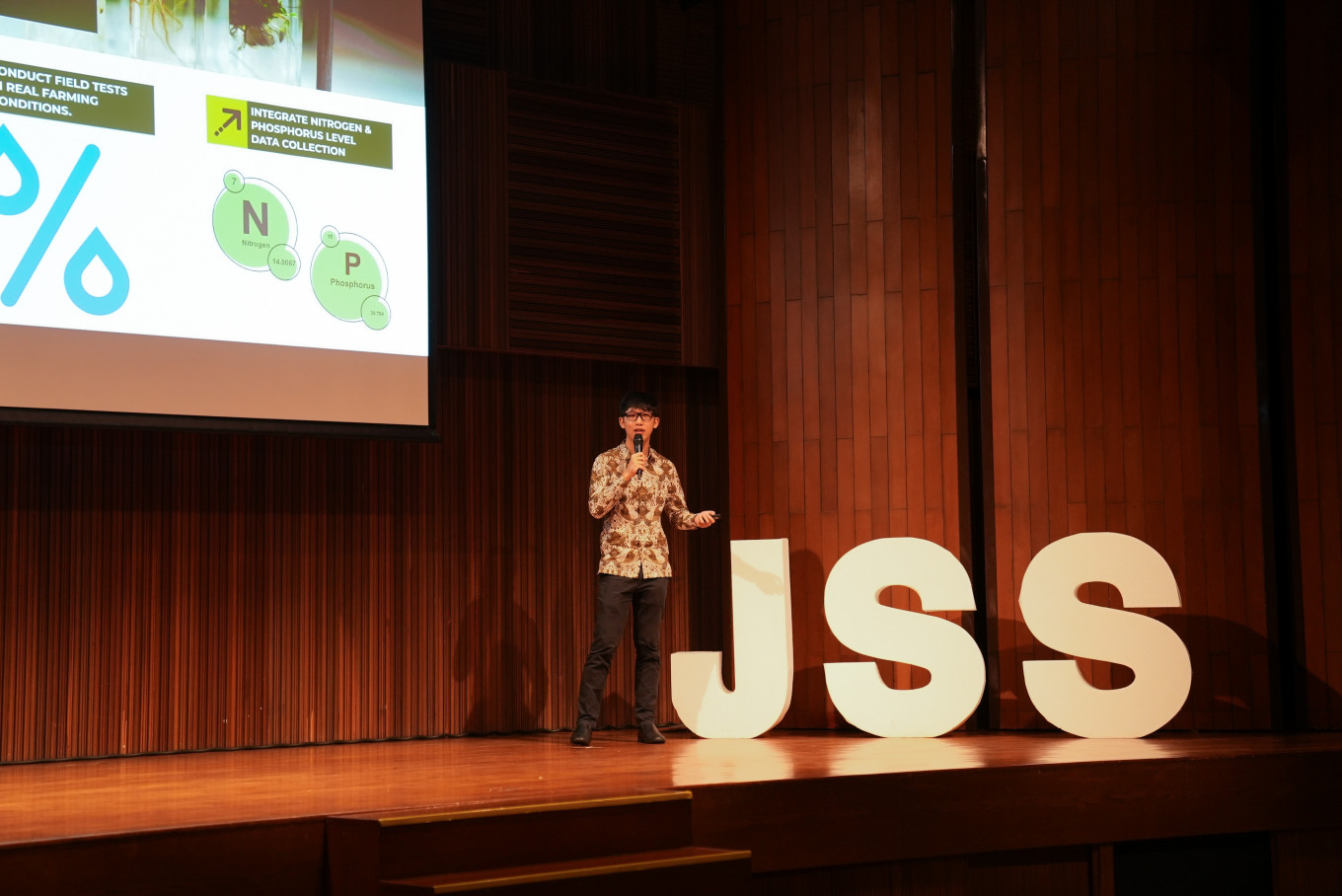Reshoring Revolution: How Tariffs, Tech, and Geopolitics are Redefining Manufacturing Locations

The global manufacturing landscape is undergoing a dramatic transformation. No longer are decisions about where to locate factories solely based on low labor costs. A complex interplay of geopolitical tensions, rising tariffs, and rapid technological advancements is forcing businesses to fundamentally rethink their manufacturing strategies and, crucially, where they build their plants.
The Shifting Sands of Geopolitics
Recent years have witnessed escalating geopolitical instability, from trade wars to supply chain vulnerabilities exposed by the pandemic. The reliance on single sourcing, particularly from regions with political or economic uncertainties, has proven risky. Companies are now prioritizing supply chain resilience, seeking to diversify their manufacturing bases and reduce dependence on any single nation. This 'friend-shoring' or 'near-shoring' trend – moving production to countries with aligned political values or closer proximity – is gaining significant traction.
Tariffs: A Catalyst for Change
The imposition of tariffs, a recurring theme in recent trade disputes, has directly impacted manufacturing costs. What was once a cost advantage gained from locating in low-tariff regions is rapidly eroding. This has spurred a reassessment of the total cost of ownership, factoring in tariffs, transportation expenses, and the potential for future trade barriers. For many businesses, the equation now favors bringing production closer to home, even if it means higher initial labor costs.
Technology's Disruptive Role
Technological advancements are perhaps the most profound driver of change. Automation, robotics, 3D printing, and advanced manufacturing techniques are dramatically reducing the labor component of production costs. This diminishes the incentive to locate factories in low-wage countries, leveling the playing field for developed nations with higher labor rates but more skilled workforces. Furthermore, technologies like AI and machine learning are enabling more efficient factory operations, reducing waste and improving quality, regardless of location.
The Rise of Reshoring and Nearshoring
The convergence of these factors – geopolitical uncertainty, tariffs, and technological innovation – is fueling a 'reshoring' and 'nearshoring' revolution. Reshoring refers to bringing manufacturing back to a company’s home country, while nearshoring involves relocating production to a neighboring country. Both strategies offer benefits such as reduced lead times, improved supply chain visibility, enhanced responsiveness to market changes, and easier access to skilled labor.
Implications for Business Leaders
For business leaders, this new geography of manufacturing demands a proactive and strategic approach. Here are key considerations:
- Conduct a comprehensive supply chain risk assessment: Identify vulnerabilities and develop mitigation strategies.
- Evaluate the total cost of ownership: Factor in tariffs, transportation, labor, and other relevant costs.
- Invest in automation and advanced manufacturing technologies: Reduce reliance on low-cost labor and improve operational efficiency.
- Explore reshoring and nearshoring options: Assess the feasibility and benefits of relocating production closer to home.
- Develop a flexible and agile manufacturing strategy: Be prepared to adapt to changing geopolitical and economic conditions.
The era of blindly chasing the lowest labor costs is over. The future of manufacturing lies in building resilient, technologically advanced, and strategically located production networks that can withstand the challenges of a volatile global landscape. Companies that embrace this new reality will be best positioned to thrive in the years to come.






